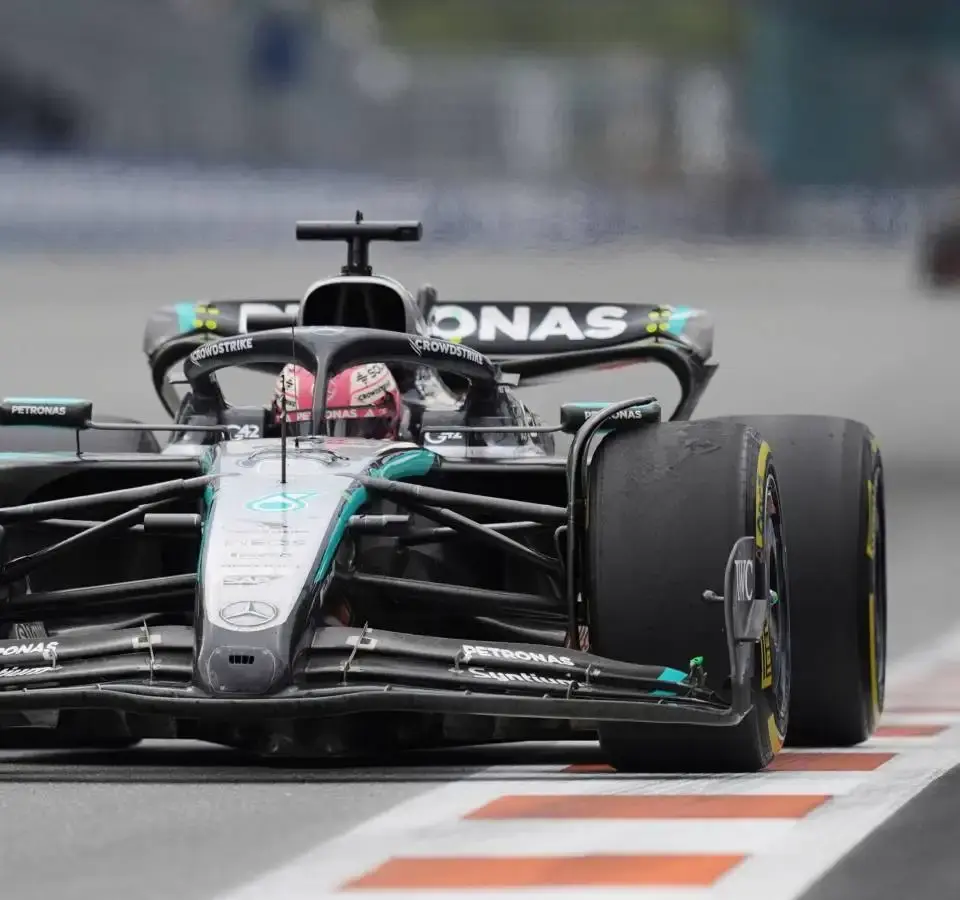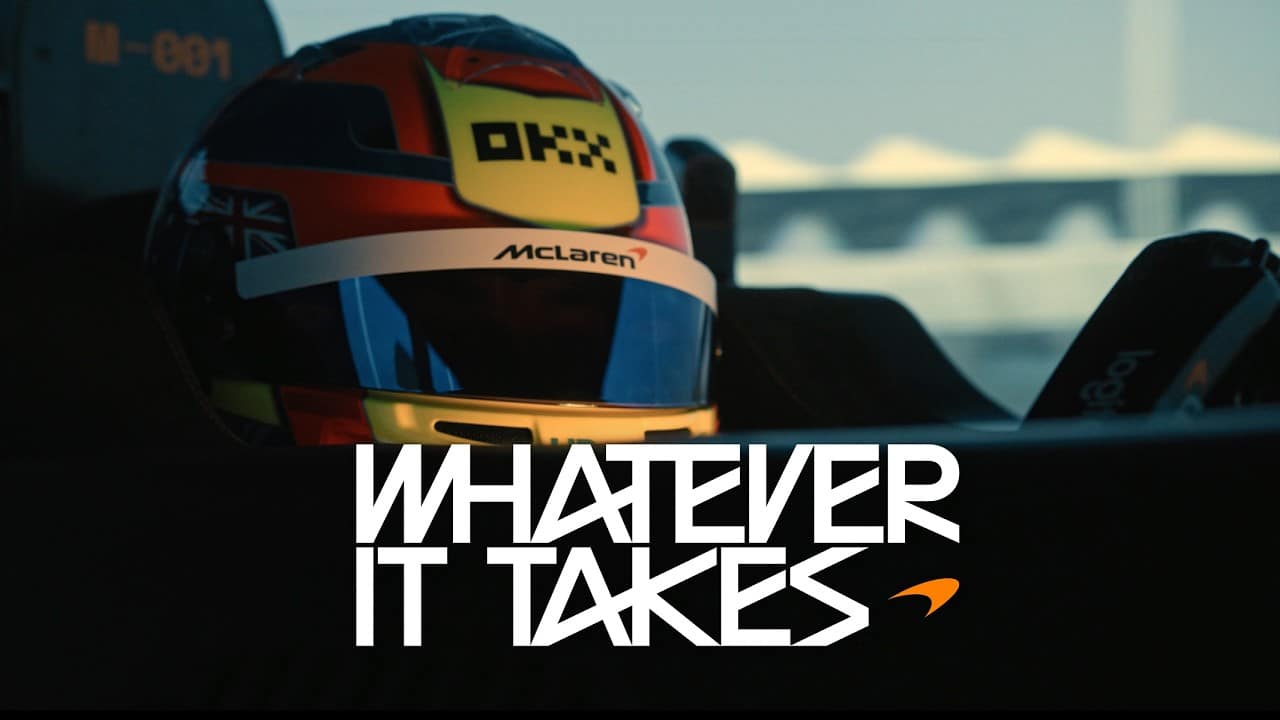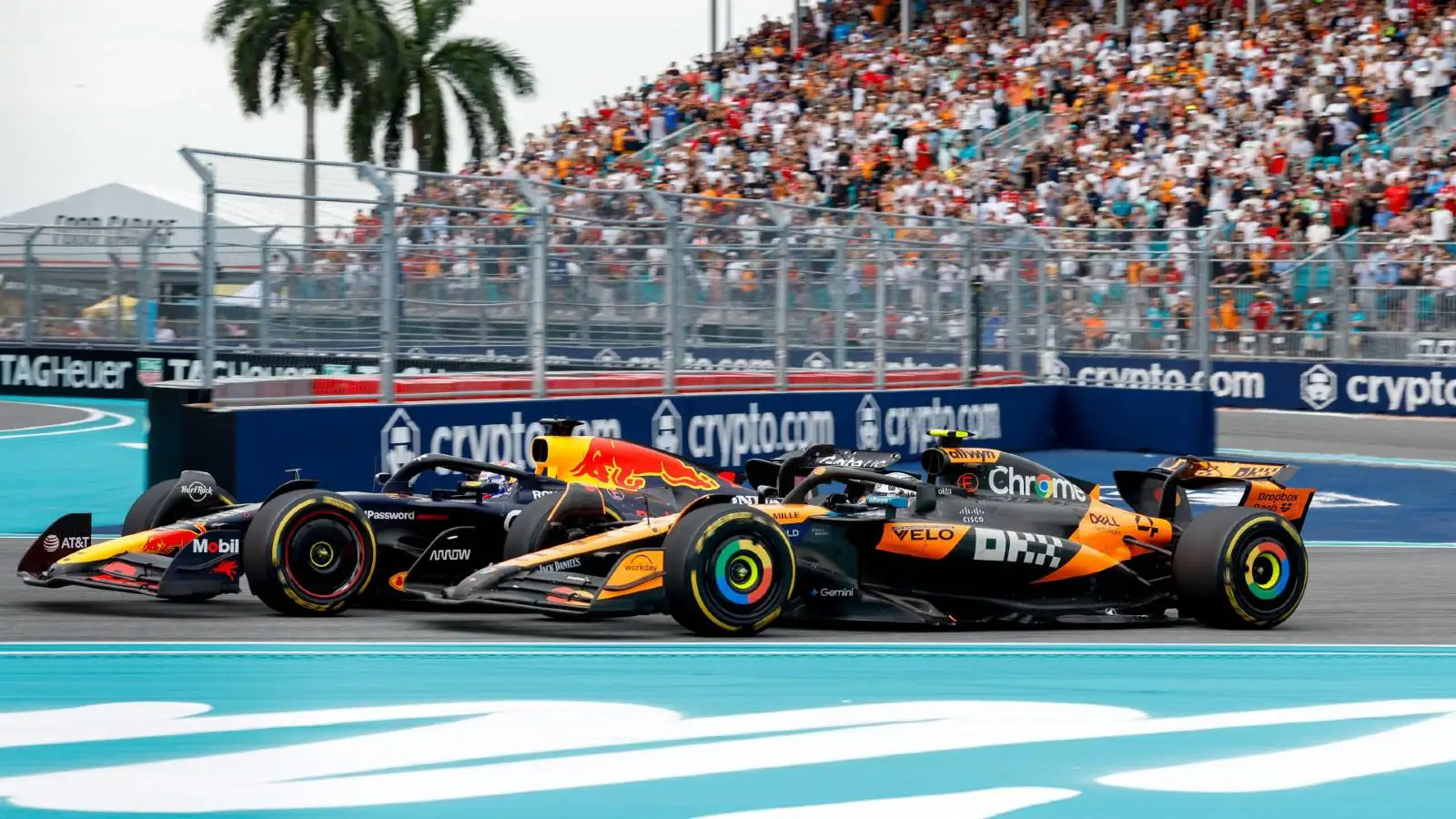The Miami Grand Prix didn’t end with the chequered flag for everyone. Red Bull’s protest against George Russell for allegedly not slowing down adequately under yellow flags created a stir after the race concluded. A tense atmosphere lingered over whether Russell’s podium was secure. The FIA stepped in, their decision awaited with bated breath by the fans.
As the dramatic Miami GP weekend wrapped up, the spotlight turned to George Russell’s late-race maneuvers under double waved yellow flags. Red Bull’s claims suggested Russell might have gained an unfair advantage by not reducing his speed significantly as required. The stakes were high with a podium finish against Max Verstappen hanging in the balance.
Red Bull’s Protest Detailed
Red Bull’s challenge emerged following the Miami GP’s turbulent finish. They accused George Russell of failing to slow enough during a decisive safety car period. Their contention was rooted in the belief that Russell’s actions breached Appendix H, Article 2.5.5 b) of the International Sporting Code, which demands a significant speed reduction under double waved yellow flags.
Contesting the Podium Finish
Russell’s quick pit stop during the safety car period became a focal point. It placed him back on track ahead of Verstappen, earning him P3. Red Bull contested this, arguing the move was facilitated by ignoring required speed limits under caution.
Verstappen was vocal on the radio, questioning Russell’s actions. The controversy intensified when Red Bull made their protest official, challenging the race result. This put pressure on the FIA to assess the situation closely.
Dissecting the Regulations
Understanding the yellow flag rule’s complexities is crucial. The regulation mentions reducing speed significantly and being ready to change direction or stop.
This regulation does not expressly dictate how much slower a driver must be compared to their regular speed. As telemetry and onboards were scrutinized, the nuances of this rule became central to the argument.
Mercedes held that Russell’s actions were within bounds, pointing to FIA’s precedent where lifting the throttle was seen as enough under yellow conditions. The balance between absolute speed and relative speed reduction was pivotal.
The FIA’s Verdict
The stewards reviewed the evidence thoroughly. Onboard footage and telemetry indicated Russell lifted the throttle meaningfully, fulfilling the yellow flag requirement.
The FIA clarified that the rule aimed at relative speed reduction rather than absolute. Russell’s throttle behavior aligned with this interpretation, showing a proper reaction to the flags.
The decision ultimately backed Mercedes and Russell, acknowledging the speed reduction did occur relative to race conditions. This nuanced understanding helped clear the controversy surrounding Russell’s podium.
Reactions from the Paddock
The FIA’s ruling sparked mixed reactions. Mercedes celebrated their vindication, while Red Bull looked on somberly, accepting but unsatisfied. The paddock watched closely, aware of the broader implications for future races.
Drivers understood that the ruling might influence yellow flag conduct going forward. It highlighted the thin line between strategic pit stops and regulatory speed limits. Teams prepared to adapt their tactics.
This decision didn’t just resolve a single race dispute—it set expectations for future interpretations of flag regulations. The adaptation to these rulings will be crucial in upcoming competitions.
Consequences for the Championship
With no penalties enforced, Russell’s P3 stood, crucial points secured for his championship aspirations. The ruling upheld his effort, solidifying his status in the championship race.
The decision’s impact rippled through the standings, as Red Bull strategized for the remaining season. Understanding the new precedent became essential for all teams.
As points are fiercely contested, every decision carries significant weight. The lessons from Miami will influence strategies on and off the track, as teams vie for every competitive edge.
Televised Drama and Social Media Buzz
The protest and subsequent ruling captured viewer interest, amplifying the Miami GP’s spectacle. Fans eagerly followed updates, drawn into the narrative of racing drama.
Social media buzzed with opinions and analysis. Russell, Verstappen, and team accounts all played roles in shaping public narratives, underscoring Formula 1’s intertwining of sports and technology.
This incident reinforced how modern F1 is not just about racing skill but also digital engagement. Teams and fans alike used these platforms to express and share insights into the sport’s unfolding stories.
Lessons Learned from the Incident
The Miami saga exemplified high-stakes decision-making in racing. It showcased the intricacies of regulations and the thin margins within which teams operate.
For Red Bull, the lessons learned were as significant as the protest itself. Recognizing yellow flag strategies and FIA’s expectations became part of their playbook.
Mercedes emerged with valuable insights, reinforcing their strategic outlook. Understanding the balance between caution and speed remains key in their quest for racing excellence.
Future Implications for Racing Tactics
Racing strategies might evolve post-Miami, with teams keen on adhering to rules while maximizing race advantages. Pit stops during cautions will be analyzed new considerations in mind.
Teams weigh the risk and reward of aggressive tactics. The Miami ruling suggests a stricter look at compliance defaults and tactical calculations.
Drivers, too, will adjust their approaches, focusing more on compliance nuances. This revelation prompts new strategies, ushering in a phase of adaptive racing where rules are as much a guide as they are a boundary.
The FIA’s ruling not only clarified the regulations but also reshaped racing dynamics. Russell’s podium remained intact; yet the implications extend beyond one race. All eyes now shift to upcoming events, poised for possible rule interpretations. An evolving track saga awaits.










